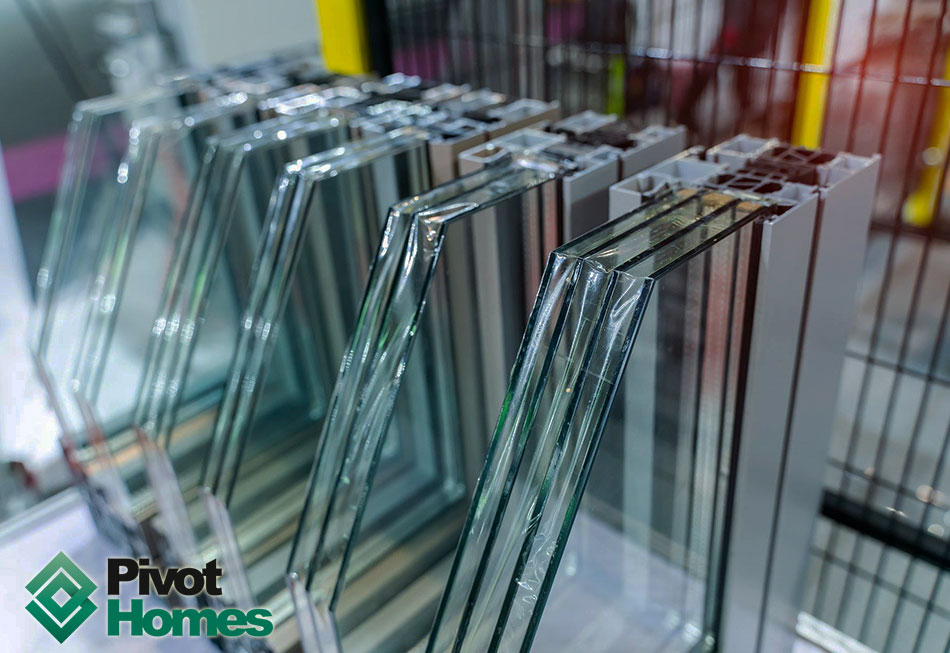All Categories
Featured
Table of Contents
Glass & Glazing - Easy Windows Upvc Double & Triple ... in Queens Park Western Australia
Glazing simply means the windows in your house, including both openable and fixed windows, along with doors with glass and skylights. Glazing in fact simply indicates the glass part, but it is usually used to refer to all aspects of an assembly consisting of glass, films, frames and furnishings. Paying attention to all of these elements will assist you to achieve reliable passive style.

Energy-efficient glazing makes your house more comfy and significantly reduces your energy expenses. Inappropriate or badly designed glazing can be a major source of unwanted heat gain in summer and significant heat loss and condensation in winter. Up to 87% of a house's heating energy can be acquired and as much as 40% lost through windows.
Double Glazed Windows in Innaloo Perth
Glazing is a significant investment in the quality of your home. The cost of glazing and the cost of heating and cooling your home are closely associated. A preliminary investment in energy-efficient windows, skylights and doors can significantly lower your annual heating and cooling expense. Energy-efficient glazing also lowers the peak heating and cooling load, which can minimize the needed size of an air-conditioning system by 30%, leading to additional cost savings.

This tool compares window choices to a base level aluminium window with 3mm clear glass. Understanding a few of the key properties of glass will help you to select the very best glazing for your house. Secret homes of glass Source: Adapted from the Australian Window Association The quantity of light that travels through the glazing is referred to as noticeable light transmittance (VLT) or visible transmittance (VT).
Single, Double Or Secondary Glazing, Which Is The Best ... in Gwelup WA
This might lead you to switch on lights, which will result in higher energy costs. Conduction is how readily a material performs heat. This is referred to as the U worth. The U value for windows (revealed as Uw), describes the conduction of the whole window (glass and frame together). The lower the U worth, the higher a window's resistance to heat circulation and the better its insulating worth.
If your home has 70m2 of glazing with aluminium frames and clear glass with a U value of 6. 2W/m2 C, on a winter season's night when it is 15C colder outside compared to indoors, the heat loss through the windows would be: 6. 2 15 70 = 6510W That is equivalent to the total heat output of a large space gas heating system or a 6.
Buy Double Glazed Upvc Sliding Doors In Sydney in West Perth WA

If you choose a window with half the U worth (3. 1W/m2 C) (for instance, double glazing with an argon-filled space and less-conductive frames), you can cut in half the heat loss: 3. 1 15 70 = 3255W The solar heat gain coefficient (SHGC) for windows (expressed as SHGCw) measures how readily heat from direct sunshine streams through an entire window (glass and frame together).
The lower a window's SHGC, the less solar heat it transmits to the home interior. The real SHGC for windows is affected by the angle that solar radiation strikes the glass.
Why Double-glazed Windows Are A Must in Riverton Perth
When the sun is perpendicular (at 90) to the glass, it has an angle of occurrence of 0 and the window will experience the optimum possible solar heat gain. The SHGC stated by glazing makers is constantly determined as having a 0 angle of incidence. As the angle increases, more solar radiation is reflected, and less is transferred.
Table of Contents
Latest Posts
Benefits Of Double Glazing Low-e in Applecross Western Australia
Double Glazing Windows - Prices And Installers Near You in East Fremantle Perth
Triple Glazing & Triple Glazed Windows - Hampshire in Innaloo WA
More
Latest Posts
Benefits Of Double Glazing Low-e in Applecross Western Australia
Double Glazing Windows - Prices And Installers Near You in East Fremantle Perth
Triple Glazing & Triple Glazed Windows - Hampshire in Innaloo WA